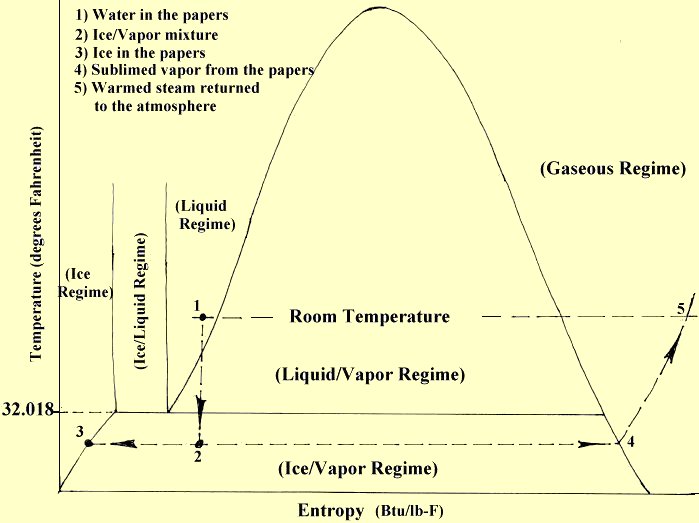Après le Dèluge
Today, we Freeze-dry our past. The University of Houston's College of Engineering presents this series about the machines that make our civilization run, and the people whose ingenuity created them.
On the morning of June 9th, 2001, we in Houston awoke to see our city awash in water. Our worst-ever flood had wrought havoc. Especially hard hit were the medical center, the Houston Symphony, and our own University. And no one on campus fared worse than our law library, located on two underground floors.
Our most precious law books and papers had occupied twenty-five thousand square feet in the lower basement. Water filled that space all the way to the ceiling. By the time it was drained, the books were little more than paper pulp.
Very few items could be salvaged from that underground treasure-house. The microfiche and microfilm holdings needed little more than a good washing in distilled water. But the most precious items down in the muck were the papers of Justice John R. Brown.
Brown had been the Chief Judge for the Fifth Circuit Court between 1967 and 1979. During those years the Fifth Circuit had been a vast region reaching all the way from Florida to Texas. Brown emerged as a legal architect of desegregation throughout the south. This was one set of papers we could not lose.
Enter now former law student Don Hartsell. Hartsell had first taken up entrepreneurial law. Then he'd been enchanted by the potential for new technologies. He formed the Solex Environmental Systems Company. Their business was dehumidification technology.
So his people came in -- first to drain and dehumidify the library. Then they turned their focus upon those John R. Brown papers. They use a technique called freeze-drying (though that term only captures part of a subtle process.) You see, at a low enough pressure -- below one one-hundred-and-sixtieth of atmospheric pressure -- water can't exist; you can have only ice or steam.
They place the wet papers on trays in a large vacuum chamber. Then they drop the pressure until the water all freezes. That halts any bacterial action or mold growth that would've occurred in water. Now they can add heat to the papers while they keep the pressure low. As the ice is heated, it holds the temperature low while it sublimates back into steam and is drawn out by the vacuum pump. The ice vanishes just the way snow vanishes on a cold but sunny January day in Minnesota.
Today, I read some of those rescued John R. Brown papers. The texture of the paper was oddly changed, but the story was there -- a fragment of our long tortuous journey away from the evils of segregation. What a strange confluence of counterintuitive means for ridding our lives of junk!
Here I'd touched the cool dry legal process by which we finished a task that human passions alone could not finish. Here, too, lay the result of heating ice until it could finally blow away -- until we could be done with it as well.
I'm John Lienhard, at the University of Houston, where we're interested in the way inventive minds work.
(Theme music)
I am grateful to Jon Schultz and Helen Boyce of the UH Law Library, and to Don Hartsell, President of Solex, for their counsel.

The freeze-dry process in the water which is being removed from the papers